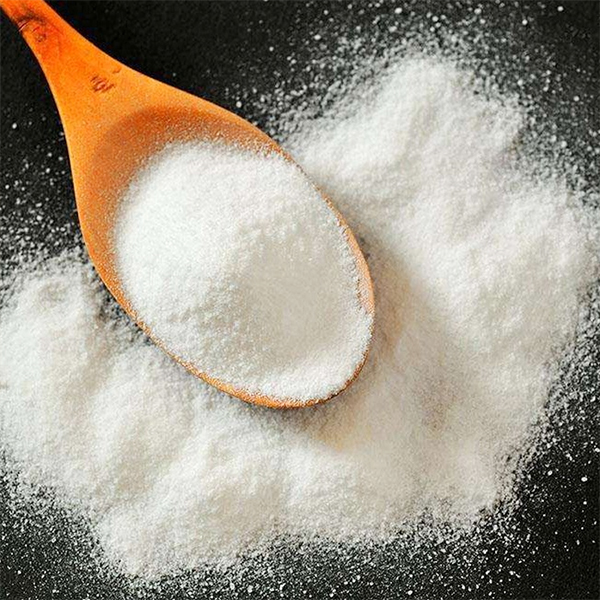Understanding Construction Adhesives Essential Tools for Strong Bonds
In the world of construction and manufacturing, adhesives play a critical role in ensuring the integrity and durability of structures. Among the various types of adhesives available, construction adhesives are specifically designed to create strong, lasting bonds between different materials commonly used in building and renovation projects. This article explores the properties, applications, and advantages of construction adhesives, providing insight into why they are indispensable in modern construction.
What Are Construction Adhesives?
Construction adhesives are formulated to bond a wide variety of substrates, including wood, metal, concrete, masonry, and plastics. Unlike traditional adhesives that might be limited to specific materials or applications, construction adhesives can accommodate the demands of different projects, making them versatile tools in the construction arsenal. These adhesives typically come in different forms, including solvent-based, water-based, and polyurethane. Each type offers distinct properties and benefits suitable for particular applications.
Properties of Construction Adhesives
1. Strength One of the defining features of construction adhesives is their exceptional bonding strength. They are engineered to withstand high loads and stresses, which is crucial in structural applications where safety and stability are paramount.
2. Flexibility Many construction adhesives offer flexibility after curing, allowing for some degree of movement between the bonded materials. This is particularly important in applications where temperature fluctuations can cause materials to expand and contract.
3. Moisture Resistance Water exposure can weaken bonds, making moisture resistance a significant property in construction adhesives. Many construction adhesives are designed to resist water damage, ensuring that the bond remains intact in humid or wet conditions.
4. Curing Time The curing time of construction adhesives can vary widely, from instant bonds to those requiring longer setting times. This variability allows contractors to choose adhesives based on the specific requirements of their projects.
Applications of Construction Adhesives
construction adhesive

Construction adhesives are used in a myriad of applications across both residential and commercial constructions. Some common uses include
- Flooring Installation Adhesives are critical for securing different types of flooring, from hardwood to tiles, ensuring that they stay in place and endure foot traffic.
- Paneling and Molding In interior design, construction adhesives are frequently used to attach moldings, trim, and panels, providing a seamless finish to spaces.
- Roofing Adhesives also play a vital role in roofing applications, bonding roofing tiles or membranes to the structural deck, enhancing weather resistance and durability.
- Furniture and Cabinetry In carpentry, construction adhesives secure joints and parts of furniture and cabinetry, offering added strength to mechanical fasteners.
Advantages of Using Construction Adhesives
1. Efficiency Using construction adhesives can save time in construction projects. They often require less preparation and fewer mechanical fasteners compared to traditional bonding methods.
2. Cost-Effectiveness Although the upfront cost of quality construction adhesives can be higher than other bonding materials, their effectiveness in providing strong and lasting bonds can reduce the need for repairs and replacements in the future.
3. Improved Aesthetics By reducing the need for nails, screws, or other fasteners, construction adhesives can create smoother finishes, thus enhancing the appearance of the completed project.
Conclusion
Construction adhesives are more than just glue; they are vital components in ensuring the structural integrity and longevity of construction projects. Their versatility, strength, and ease of use make them invaluable to builders and contractors alike. As technology advances, we can expect further innovations in adhesive formulations, leading to even more efficient and effective bonding solutions in the construction industry. Understanding how to effectively utilize these products can significantly enhance the quality and durability of any construction endeavor.
-
The Application and Significance of Construction RdpNewsMay.19,2025
-
Industrial Grade HpmcNewsMay.19,2025
-
Building Coating Adhesive Building Coating Adhesive HpmcNewsMay.19,2025
-
Application Of Hpmc For Detergent For Detergent In DetergentsNewsMay.19,2025
-
Application Of Hpmc Cellulose In Cement-Based MaterialsNewsMay.19,2025
-
Application Of High Quality Hpmc For Construction In The Field Of ConstructionNewsMay.19,2025




